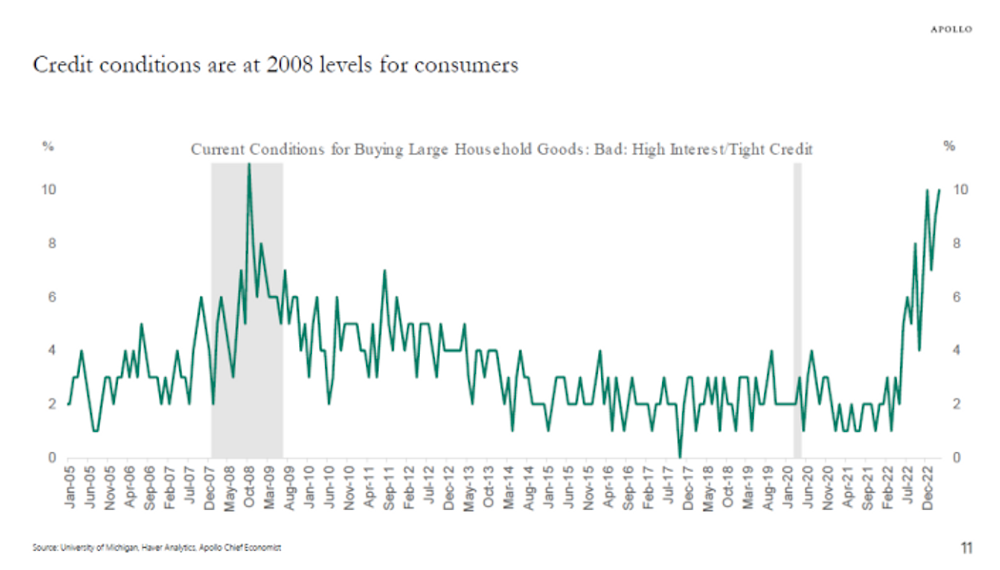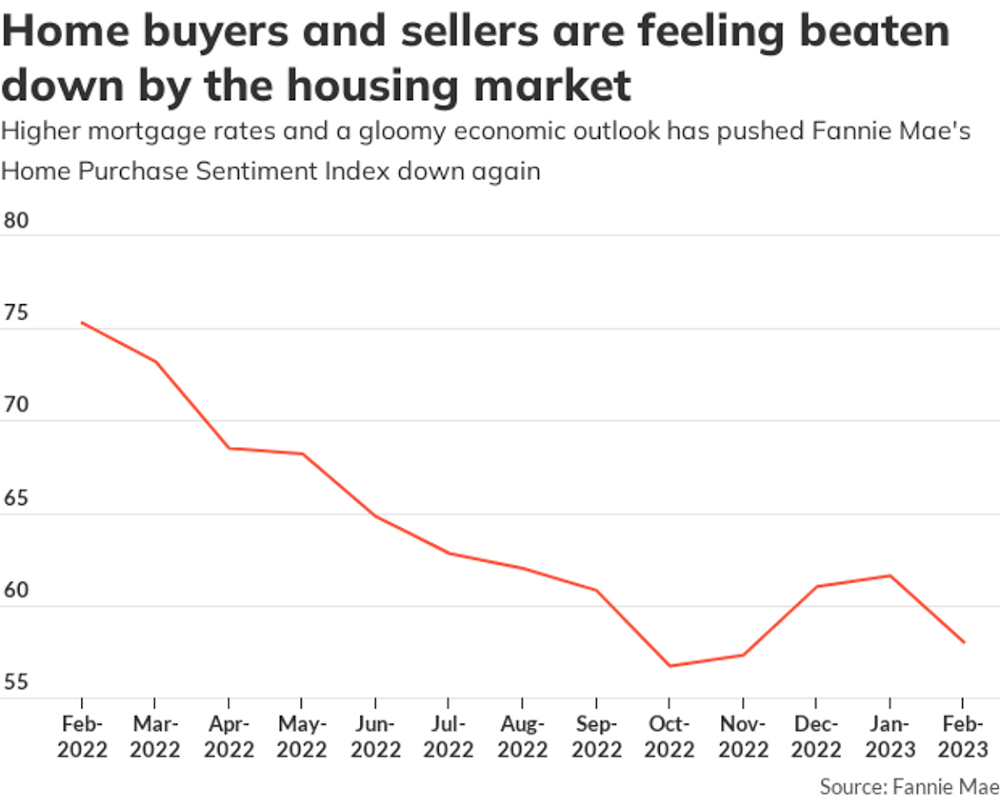WASHINGTON (MarketWatch)
The U.S. expanded by a 2.8% annual pace in the third
quarter, the biggest increase in a year and a half, aided by a large buildup in
business inventories and an improved trade picture, the government said
Economists polled by MarketWatch had forecast 2.3% growth
Yet
consumer spending, the main engine of the U.S. economy, slowed to a 1.5%
increase from 1.8% in the second quarter, indicating the economy entered the
fourth quarter with little momentum
Business investment also weakened, up just
1.6% vs. a 4.7% gain in the second quarter
And federal spending fell for the
fourth straight quarter, down 1.7%
On the positive side, investment in the
housing sector remained strong with a 14.6% increase and exports outpaced
imports
Exports rose 4.6% vs. a preliminary 1.9% increase in imports
Business
inventories, meanwhile, jumped by $86 billion in the third quarter, as companies
restocked warehouse shelves at the fastest rate in six quarters
Such a large
buildup, however, could be partly unwound in the final three months of 2013 and
act as a drag on growth
Inflation as measured by the PCE index increased at a
1.9% annual rate and the core rate that excludes food and energy rose by 1.4%
Welcome
stock market phases theorem.
Chief Artificial Intelligence.
Academic training in Fundamental Mathematics.
IA basada en Razonamiento Humano
Billie, Founder with academic training in Fundamental Mathematics and professional experience in Large Multinationals in the Information Technology sector, having held positions in high-level management positions, maintains that it is time to reduce Unproductive Public Expenditure and help the Private Sector in everything that is possible.
Cortesía de Investing.com
Cortesía de Investing.com
Agenda Macro
Calendario económico en tiempo real proporcionado por Investing.com España.




















3 comentarios:
USD Reclamos Continuos de Desempleo
2868K 2875K 2864K
Revisión de 2881.000K
USD Gasto Real de los Consumidores 1.5% 1.6% 1.8%
USD Solicitudes de Desempleo - Promedio 4-Semanas 348K 358K
U.S. trade gap rises for third straight month
Exports slip while imports of goods such as oil, cell phones accelerate
WASHINGTON (MarketWatch) — The nation’s trade deficit rose in September for the third straight month, as exports of U.S. goods and services fell slightly and Americans bought more imported goods such as oil and cell phones.
The U.S. trade gap climbed to $41.8 billion from a slightly revised $38.7 billion in August, the Commerce Department reported Thursday. Economists surveyed by MarketWatch had forecast the deficit to climb to $39.7 billion.
The trade deficit has averaged $39.7 billion over the past three months. A bigger trade deficit is a drag on growth. Fewer sales of American goods and services overseas or higher purchases of foreign-made products help
In September, imports increased 1.2% to $230.7 billion, while exports dipped 0.2% to $188.9 billion.
The September deficit with China rose slightly to hit another record of $30.5 billion, but the trade gap with the European Union fell to $8 billion from $9.8 billion. Country data is not seasonally adjusted.
A bigger trade deficit is a drag on growth. Fewer sales of American goods and services overseas or higher purchases of foreign-made products help the economies of other nations more than they help the U.S.
Publicar un comentario